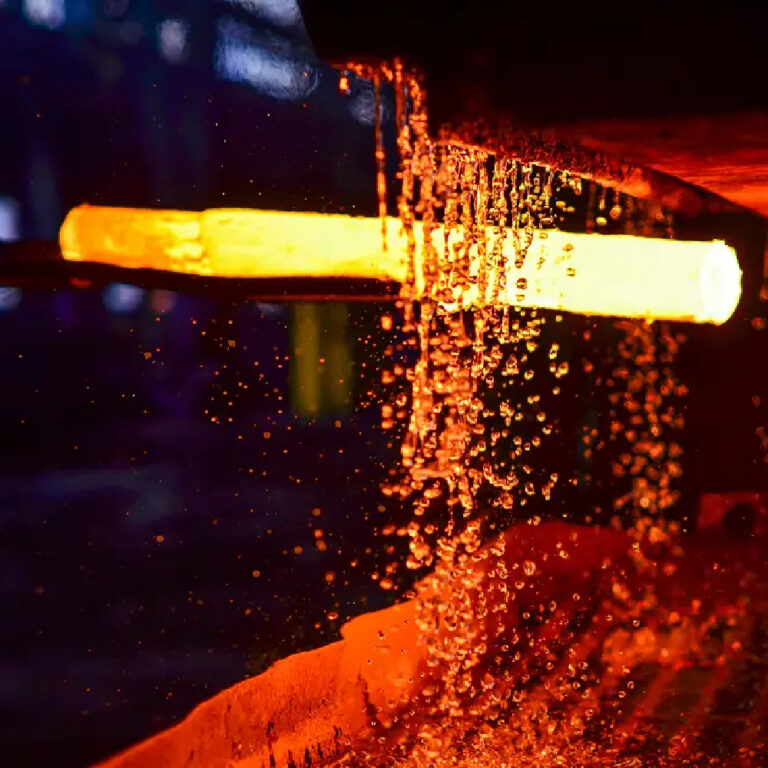3D Printing and Its Impact
3D Printing and Its Impact on Forging Tooling
In recent years, the manufacturing industry has witnessed significant advancements, with 3D Printing and Its Impact on Forging Tooling becoming a transformative focus across various sectors. The forging industry, renowned for producing high-strength components through techniques such as hammering or pressing heated metal, has also started reaping the benefits of 3D printing. This fusion of technologies is revolutionizing forging tooling by enhancing efficiency, precision, and customization in the tooling process. The integration of 3D printing into forging marks a new era of innovation, breathing modern capabilities into this traditional industry.
Understanding Forging Tooling and Its Importance
Forging tooling refers to the dies, molds, and other equipment used to shape metal during the forging process. These tools must withstand extreme conditions, such as high temperatures and pressures, making their design, material, and durability crucial to the success of any forging operation. Traditionally, producing high-quality forging tooling is time-consuming and expensive, involving multiple stages such as casting, machining, and heat treatments. Any mistakes or flaws in the tooling can lead to defects in the forged products, which can have far-reaching implications, especially in industries such as aerospace, automotive, and oil & gas.
The Integration of 3D Printing in Tooling Design and Manufacturing
3D printing, also known as additive manufacturing, offers a groundbreaking approach to forging tooling by building parts layer by layer using materials such as metals or specialized alloys. One of the key advantages of 3D printing in forging tooling is the ability to create highly complex geometries that are difficult or impossible to achieve with traditional manufacturing methods. This flexibility allows for the development of innovative tooling designs that can enhance the forging process’s overall efficiency and precision.
Incorporating 3D printing in tooling production enables faster prototyping, reducing lead times significantly. Engineers can quickly test and refine new tooling designs, making modifications as needed without waiting for time-consuming traditional processes. This iterative approach can accelerate product development cycles, giving companies a competitive edge in rapidly evolving markets.
Cost and Material Efficiency
3D printing has also revolutionized material usage in forging tooling. Traditional tooling methods often result in material wastage, as excess material is machined away from larger blocks. In contrast, 3D printing allows for near-net-shape production, where the tool is built with minimal excess material, leading to more efficient resource usage. Additionally, 3D printing can use high-performance materials, such as tool steels and superalloys, with precise control over their properties, ensuring better durability and performance in demanding forging environments.
Moreover, 3D printing has the potential to reduce tooling costs, especially for small batch production or custom orders. Since additive manufacturing does not rely on expensive molds or extensive setups, it is more economical for producing small quantities or highly customized tooling solutions.
Improved Tool Performance
In addition to cost and time efficiency, 3D printing can improve the performance of forging tools. By optimizing tool designs for better thermal management or wear resistance, additive manufacturing can lead to tooling that lasts longer and performs better under the extreme conditions of forging. Tools with built-in cooling channels or optimized internal structures, for example, can help maintain more consistent temperatures during forging, reducing the risk of overheating and improving the overall quality of the forged products.
Future Implications
As 3D printing technology continues to evolve, its role in forging tooling is expected to grow further. With advancements in metal printing techniques and materials, additive manufacturing may become a mainstream method for producing even large-scale or high-volume forging tools. In the future, the integration of smart sensors and IoT (Internet of Things) into 3D-printed tools could offer real-time monitoring and predictive maintenance, further enhancing the efficiency of forging operations.
In conclusion, 3D printing is transforming forging tooling by improving design flexibility, reducing production times, cutting costs, and enhancing tool performance. As more companies adopt additive manufacturing in their tooling processes, the forging industry is poised to benefit from increased innovation and efficiency, setting the stage for a more sustainable and technologically advanced future.





